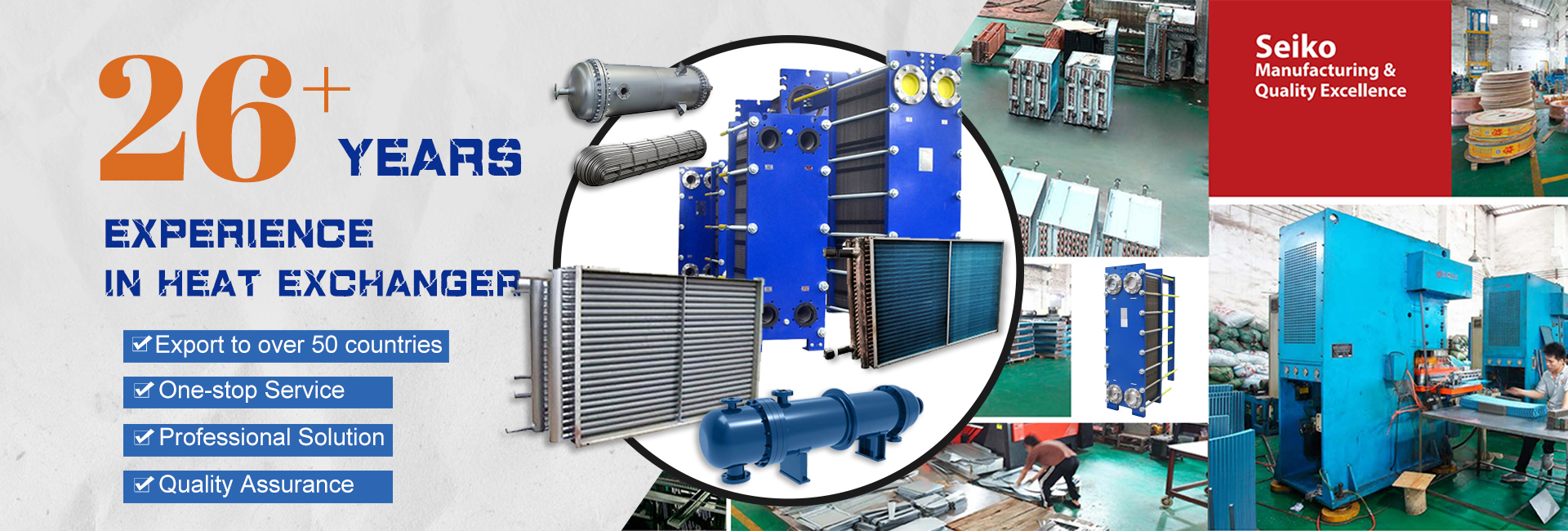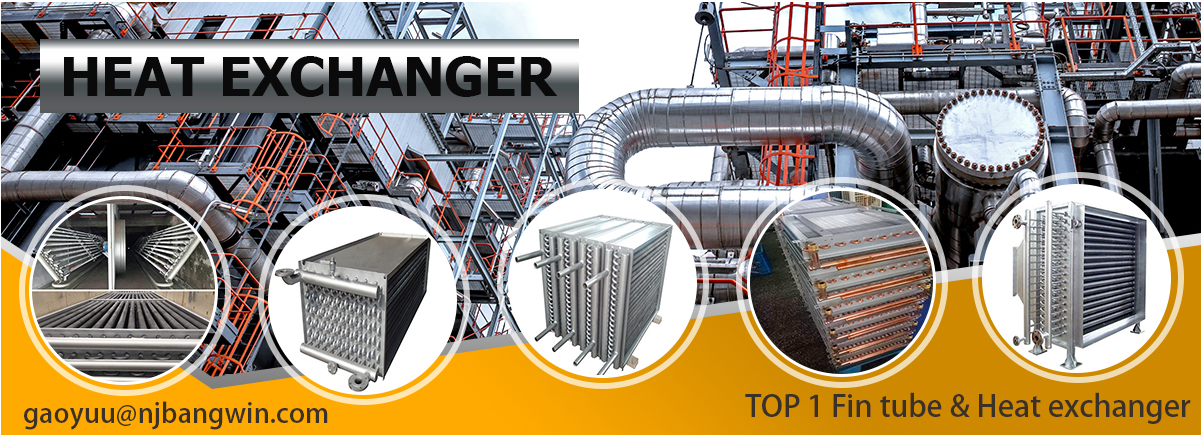
Table of Contents
- Introduction
- What Is a Tube Finned Heat Exchanger
- Product Description
- Key Features
- Technical Details
- Advantages
- Applications
- FAQs
1. Introduction
Tube finned heat exchangers are designed to transfer thermal energy efficiently in HVAC, refrigeration, and heavy industrial applications. The finned tube exchanger provides significantly greater surface area and heat-transfer coefficient compared to a bare tube design.
2. What Is a Tube Finned Heat Exchanger
Tube finned heat exchangers feature smooth metal tubes wrapped or welded with aluminum or copper fins. The fins improve heat dissipation of the working fluid to the surrounding air.
3. Product Description
- Tube material: Carbon steel, stainless steel, or copper tubes
- Fin material: Aluminum or copper fins
- Fin type: Spiral, extruded, or L/G-type construction for various temp./pressure ratings
- Custom: Length, diameter, fin pitch customizable per application requirements
4. Key Features
- High thermal conductivity
- Corrosion-resistant coating
- Space-saving design
- Wide operating temperature range
5. Technical Details
- Fin height 5–15 mm
- Fin thickness 0.3–0 mm
- Tube OD 16–38 mm
- Fin pitch 2.5–10 mm
6. Advantages
- Energy efficient: Enhanced heat transfer per unit length saves on operating costs
- Durability: Can handle high pressures and severe operating conditions
- Easy to maintain: Fins are serviceable/replacable with little downtime
- Scalable: Useful for small HVAC equipment to large power plant condensers
7. Applications
- HVAC and refrigeration equipment
- Petrochemical and power generation plants
- Food and beverage processing
- Waste heat recovery systems
8. FAQs
Q1: Can tube finned heat exchangers be used with corrosive gas streams?
A: Yes, with the appropriate stainless steel construction and/or protective coatings.
Q2: Can custom lengths/diameters be made?
A: Yes, fully customizable in length, diameter, and fin type to match project needs.
